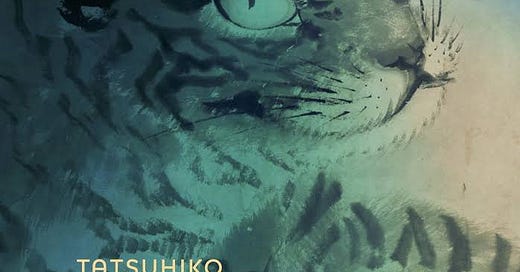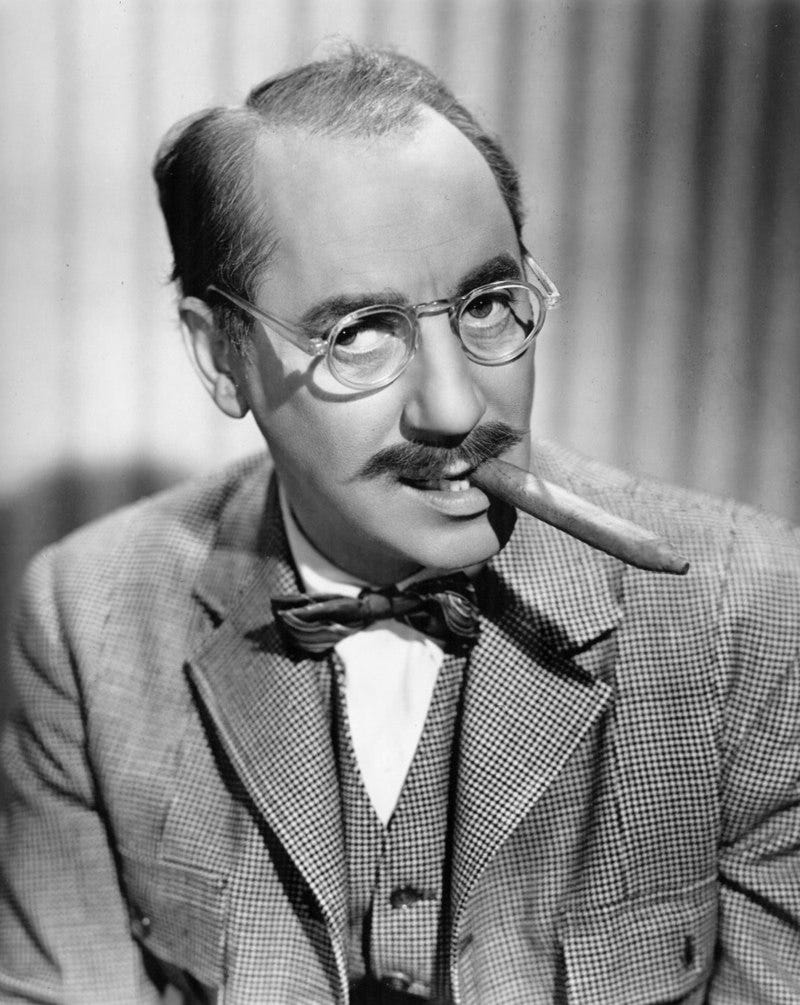Law #25 - Takaoka's Travels
I have been a Japanese literature afficionado for a very long time, and my experience and awe of Japanese culture extends way beyond literature.
I watch anime, play Japanese video games, and speak Japanese at a basic level. I hope to improve on that last one, as I take daily lessons via my trusty Duolingo course, but there’s a long way to go.
Musashi, written by Eiji Yoshikawa, is probably the most important book in modern Japanese literature. The magnificent account of the life of Miyamoto Musashi solidifies Yoshikawa’s status as the greatest Japanese historical novelist.
But today is not about Musashi. Today is about me being unfamiliar with Tatsuhiko Shibusawa until randomly bumping into Takaoka’s Travels on Amazon a couple of months ago, and pre-ordering it on the spot.
This marked the first translation of Takaoka’s Travels into English, so at least I had a little justification for not hearing about him earlier. It remains something I can’t forgive myself for, though.

Tatsuhiko Shibusawa is the pen name of Shibusawa Tatsuo, and Takaoka’s Travels is his only full-length novel. Early in his career, he primarily translated Western works into Japanese. He gained notoriety when he and his publisher went to court in 1959 over his translation of Marquis de Sade’s L’histoire de Juliette ou les Prospérités du vice.
Shibusawa’s courtroom entrance was unforgettable: he wore sunglasses and smoked a pipe, giving off a Japanese Groucho Marx vibe. Side-note: It’s exactly what I could picture Hideo Kojima doing in that scenario.
This was the second obscenity trial in postwar Japan, known as “The Sade Trial”. The first trial, ten years prior, involved Sei Itō facing similar obstacles with the translation of D.H. Lawrence’s Lady Chatterley’s Lover.
According to translator David Boyd, in the decades that followed, Shibusawa established himself as one of Japan’s most shocking and powerful voices.
He wrote translations, essays, and a few fantasy stories. His last story, Takaoka’s Travels, published in 1987, won the Yomiuri Prize. Sadly, he passed away in August of that year, not being able to witness the event.
Takaoka’s Travels follows Prince Takaoka, a fictional character based on a historical figure, on his spiritual journey across Asia towards Hindustan (India).
The historical Prince Takaoka lived in the ninth century and lost his status after his father conspired against the Emperor. As it was customary for disgraced princes, he became a Buddhist monk. Later in life, during his sixties, the prince left Japan.
According to Le Dictionnaire historique du Japon:
Takaoka decided to go to China to study under the masters. [. . .] After three years, however, he had not found what he was looking for, so he left with the intention of going to India. But he died before reaching his destination, in the kingdom of Luoyue, in the vicinity of present day Singapore. The Prince was nonetheless the first Japanese person of his time to venture so far to the west.
David Boyd acknowledges Shibusawa’s thorough research on Prince Takaoka’s life. Yet, it is clear to both him and the reader that Takaoka’s Travels transcends reality, delving into spirituality, mythology, and fantasy, predominantly (but not exclusively) through dream sequences.
Dreams are an omnipresent motif in the story, and the Prince is often called The Dreamer.
There are a lot of supernatural elements and developments along the way, as Prince Takaoka progresses in his journey towards Hindustan. And the way the story ends is nothing short of fantastic, but I will leave you to discover that by yourself. The way he reaches Hindustan is what gives the reader a unique perspective, and the fact Takaoka’s Travels’ ending somewhat reflects Shibusawa’s final days, as he was struggling with being unable to speak (toward the end of his life, he could only write), puts it in a completely different light than any other book I’ve read before.






